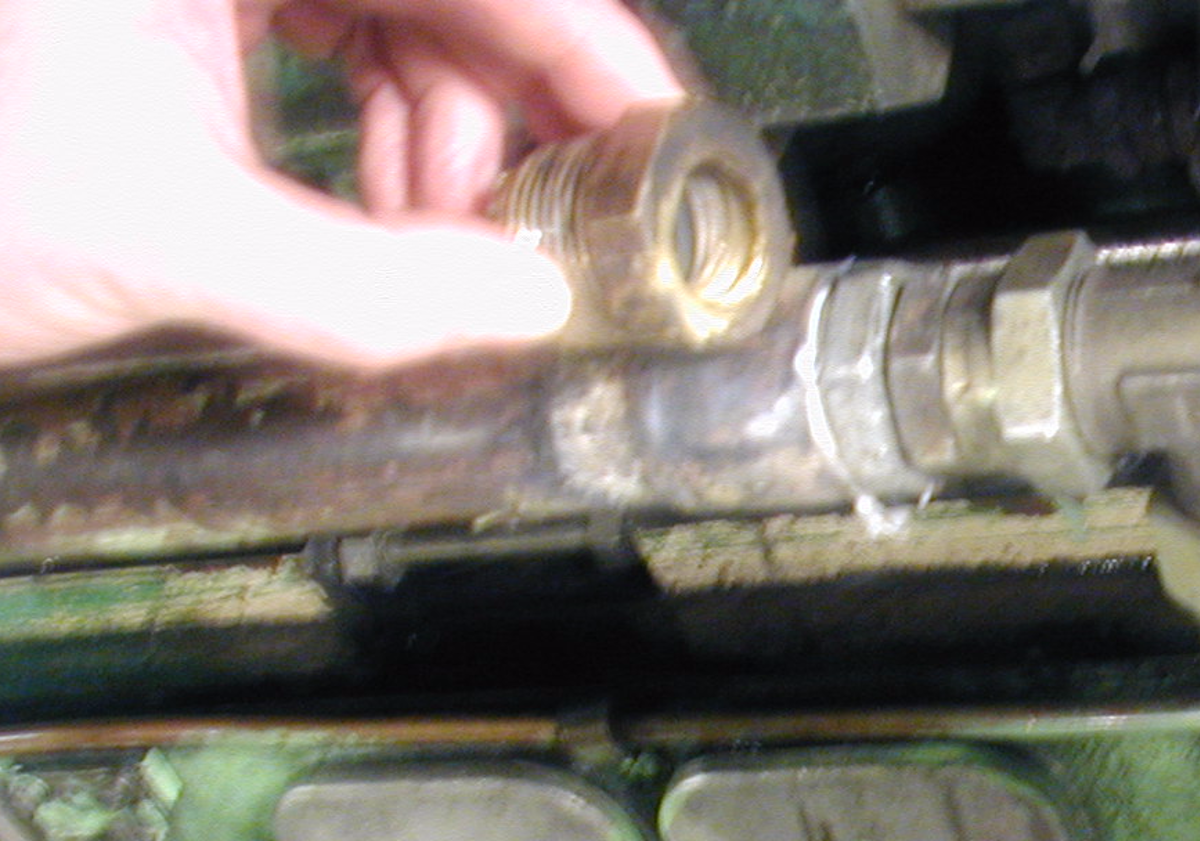Engine start air fitting incident
- Safety Flash
- Published on 1 January 2003
- Generated on 29 April 2025
- IMCA SF 01/03
- 2 minute read
Jump to:
A Member has reported the following serious near-miss which occurred in the engine room of one of its vessels. A high pressure air fitting (25 bar) failed and blew out, narrowly missing the face of an engineer.
The resulting investigation noted the following combination of factors which had contributed to the incident:
- A steel fitting had been sued to join the swivel hose end to the union fitted to the hard pipework. The constant engine vibration over time had caused the harder steel component to erode the threads on one side of the brass union, thus weakening the joint.
- It was thought likely that the ‘male’ fitting had not been properly aligned when initially tightened. This could have sealed adequately, as the steel fitting would have cut its own thread, but would also have resulted in an inadequate join.
- The pressure caused by the two previous situations, combined with the loading of the line with 25-30 bars of air pressure, was too much for the joint, which finally failed. This could have happened at any time that the engine was started.

Our member drew the following conclusions:
The company also passed on another note regarding engine and fuel flexible lines – over time, hydraulic hoses can weaken and harden, resulting in cracking or disintegration when any attempt to bend or straighten them is made.
The vessel’s other engine air start line fittings were inspected and nothing detrimental was found. However, concerned that the above combination of events could occur on other ships or barges, resulting in damage or injury, the company involved has circulated details of the incident to engineers on all of its other vessels. Its chief engineers have been instructed to check all such fittings on their respective engines and to advise maintenance staff of the need to be vigilant when dealing with high pressure fittings.
IMCA Safety Flashes summarise key safety matters and incidents, allowing lessons to be more easily learnt for the benefit of the entire offshore industry.
The effectiveness of the IMCA Safety Flash system depends on the industry sharing information and so avoiding repeat incidents. Incidents are classified according to IOGP's Life Saving Rules.
All information is anonymised or sanitised, as appropriate, and warnings for graphic content included where possible.
IMCA makes every effort to ensure both the accuracy and reliability of the information shared, but is not be liable for any guidance and/or recommendation and/or statement herein contained.
The information contained in this document does not fulfil or replace any individual's or Member's legal, regulatory or other duties or obligations in respect of their operations. Individuals and Members remain solely responsible for the safe, lawful and proper conduct of their operations.
Share your safety incidents with IMCA online. Sign-up to receive Safety Flashes straight to your email.